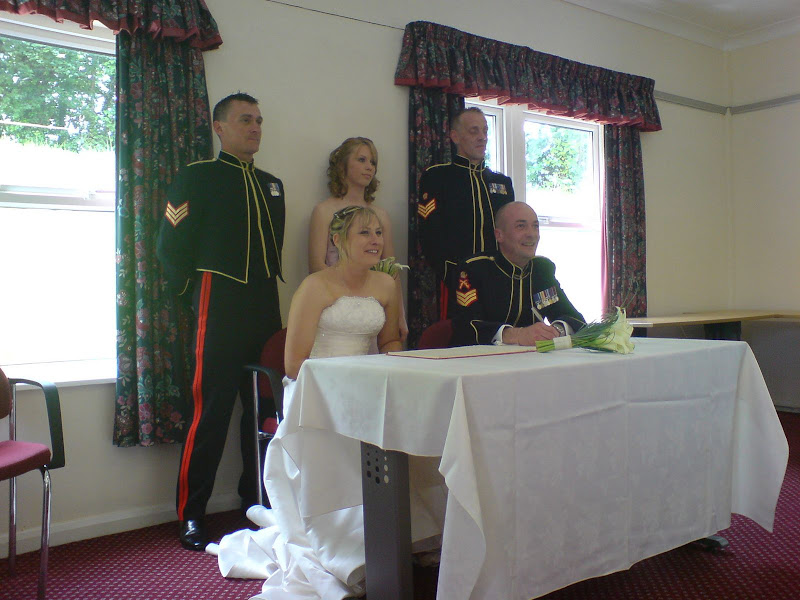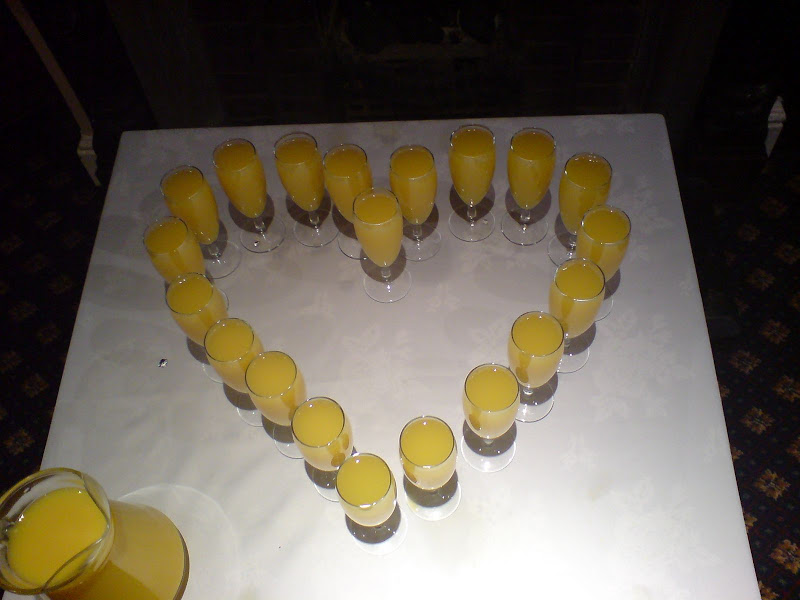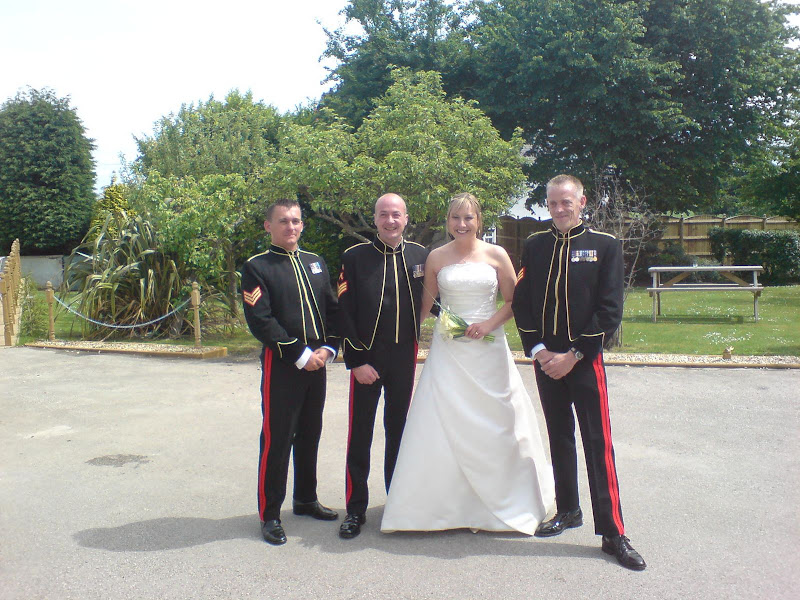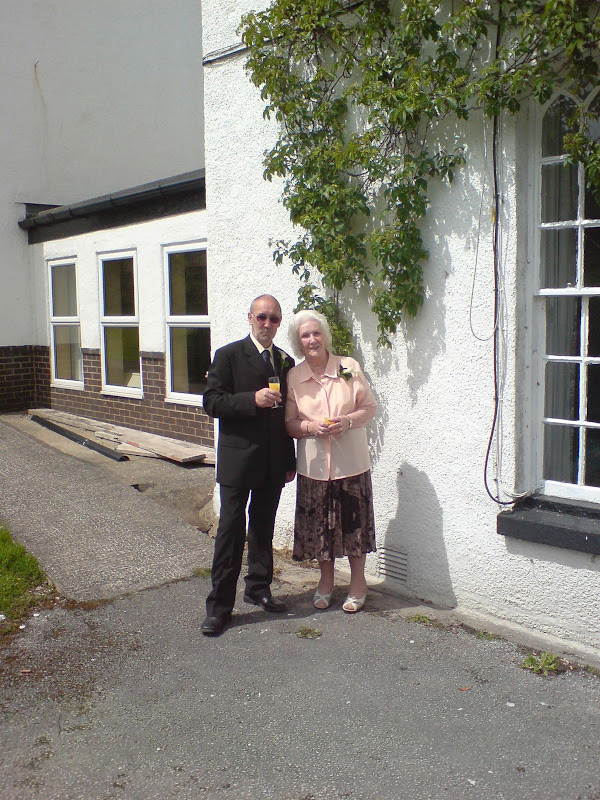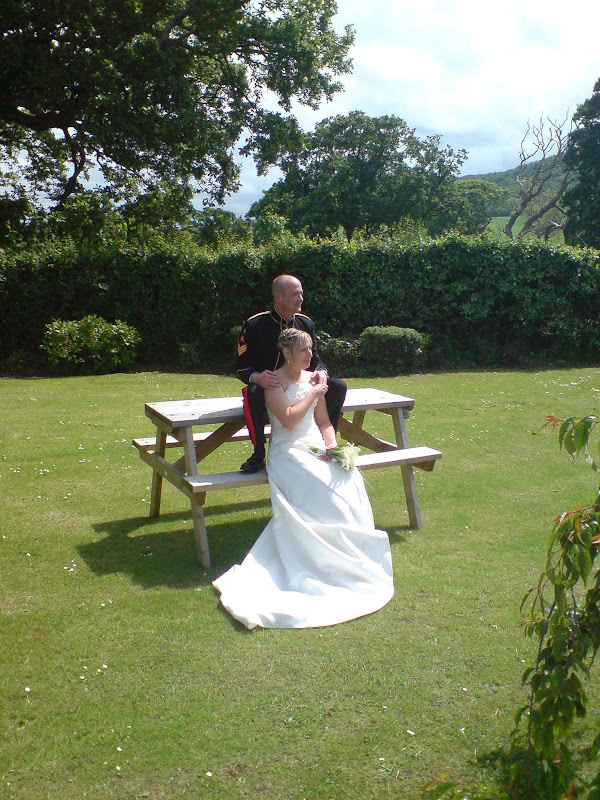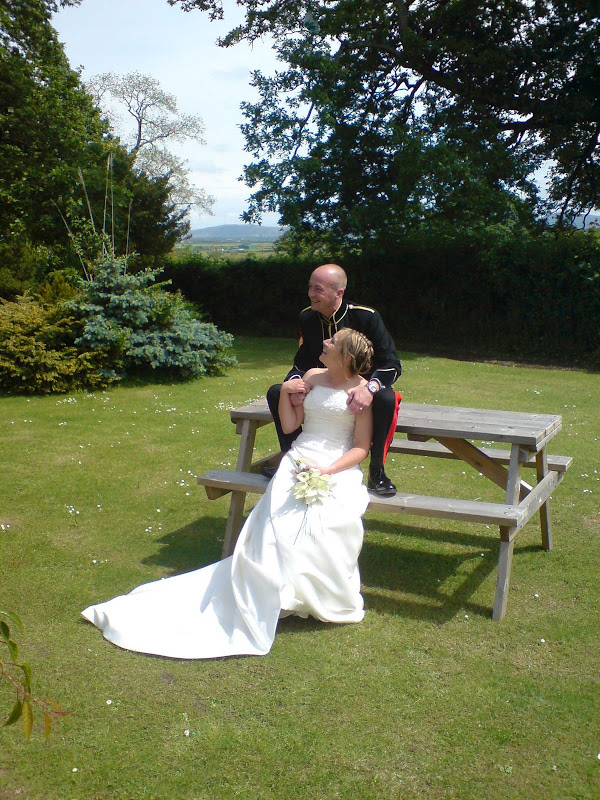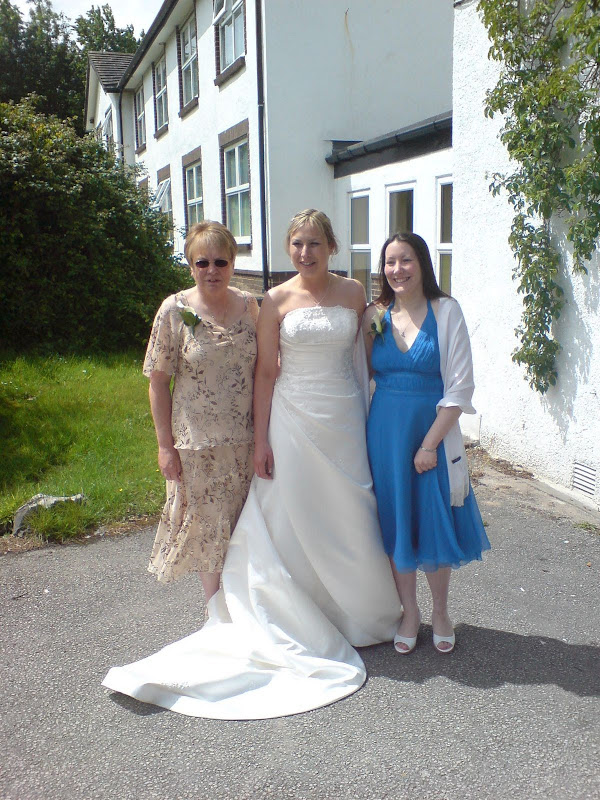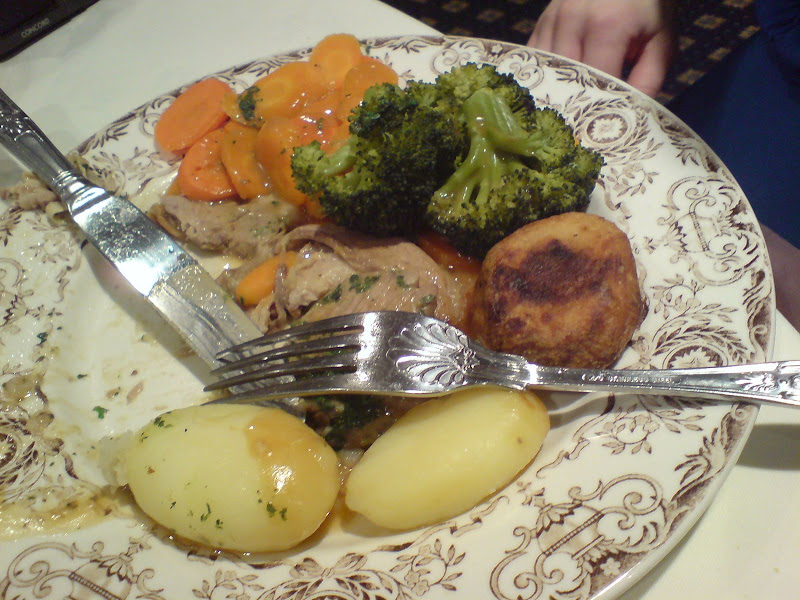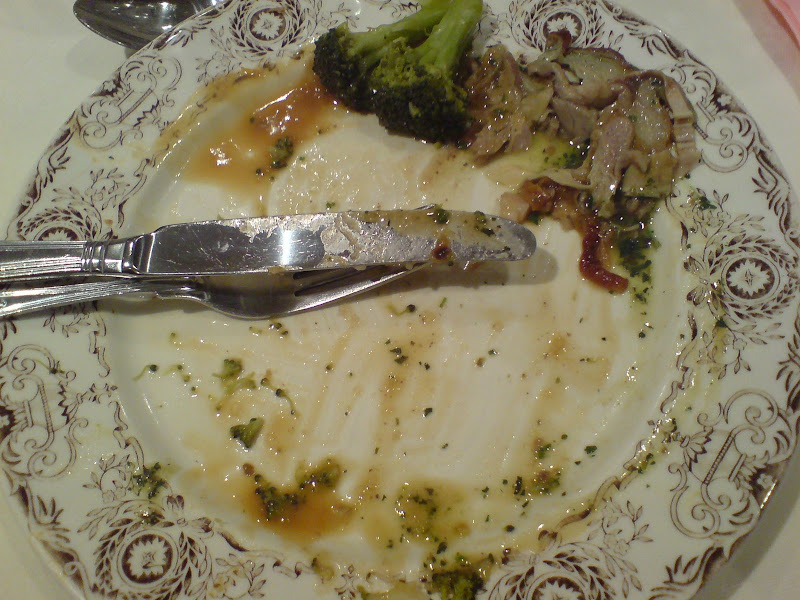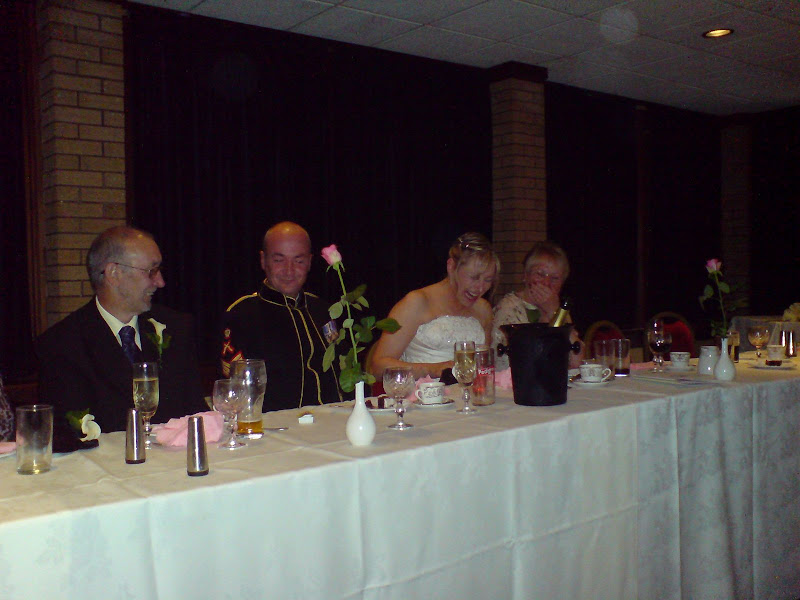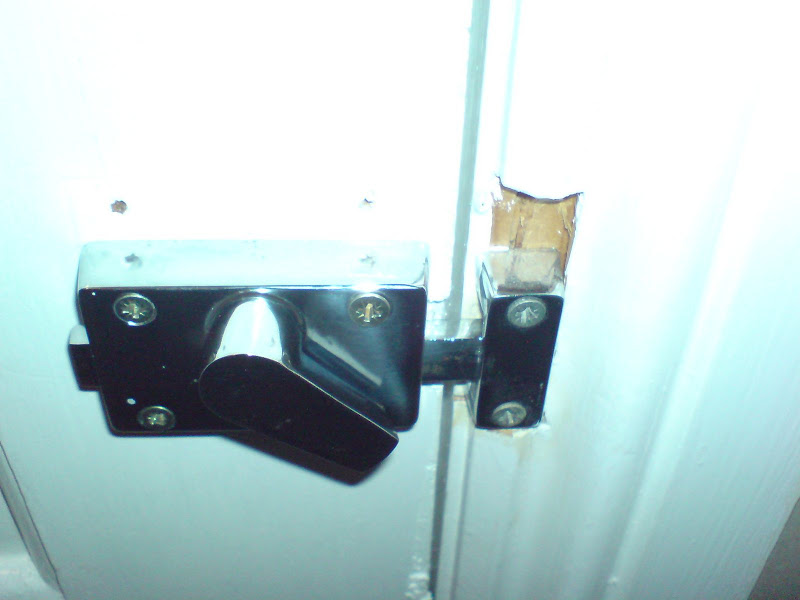Ingredients:
1.5kg Seville oranges
2 lemons
3kg granulated sugar
Equipment:
Large, heavy aluminium pan with lid
Medium saucepan
Muslin/double gauze
Large sieve/colander
7/8 Jars
Small plates
Large roasting tray
Ladle
Knife
Chopping board
To sterilise the jars, wash them thoroughly in warm soapy water, rinse and dry them, then place in a medium oven for five minutes.
Lightly scrub the oranges and lemons and place them in the pan. Add 6 pints water and bring it all up to a gentle simmer with a lid on, for three hours. Check periodically if water is evaporating and keep topped up. Remove the preserving pan from the heat and allow everything to get cool enough to handle.
Lift the fruit out of the liquid and into a bowl. Cut the oranges in half and scoop out all the inside flesh and pips as well, straight into a medium sized saucepan. Do the same with the lemons but discard the peel.
Using a ladle, add 1 pint (570 ml) of the poaching liquid to the fruit pulp, then place the saucepan over a medium heat and simmer for 10 minutes.
Line a large sieve/colander with gauze, place it over a bowl, and strain the contents of the saucepan through the sieve. Leave it all like this while it cools and drips through.
While you are waiting for it to cool, cut the halves of peel into quarters then cut them into chunky strips. Add to the preserving pan.
When the pulp is cool, gather up the corners of the muslin and twist it into a ball, then, using your hands, squeeze all of the pectin-rich juices into the preserving pan. Squeeze like mad so that every last bit of stickiness is extracted and you're left only with the pithy membranes of the fruit, which you can now discard. When you have added the strained pectin, stir the liquid, orange peel and pectin together and just leave all of this overnight, loosely covered with a clean tea-cloth.
The following day, empty 3 kg granulated sugar into a large roasting tin then place it in a warm oven, gas mark 3, 325°F (170°C), and allow it to warm gently for 10 minutes. Then place the preserving pan and its contents over a gentle heat and as soon as it starts to warm through tip the warmed sugar into the pan.
Using a large wooden spoon, stir the marmalade, keeping the heat gentle, until all the sugar crystals have fully dissolved. What you must not do is let the marmalade boil until all the sugar is completely dissolved otherwise it will be difficult to set and the finished jam will be sugary. Keep checking as you stir.
Once dissolved, turn up the heat and let the marmalade bubble away gently – it can take 3-4 hours for it to darken and develop its lovely rich flavour. When the marmalade has been cooking for 2½ hours place some small flat plates in the fridge.
To test for a set, after 3 hours draw the pan from the heat and spoon a teaspoonful of marmalade on to a chilled plate. Allow it to cool for a minute back in the fridge, then push it with your little finger – if a crinkly skin forms, it has reached setting point. If not, continue cooking and do more testing at 15-minute intervals.
When it has set, leave the marmalade to cool for 30 minutes – to prevent the fruit rising to the top in the jar – before ladling through a funnel into the warm sterilised jars. Seal the jars while they are hot, then label the next day when cold. Store in a cool, dry place. Too much light is not good for storage, while a damp or steamy atmosphere can cause mould to develop on the surface of the marmalade.
Labels: Marmalade, Recipe



